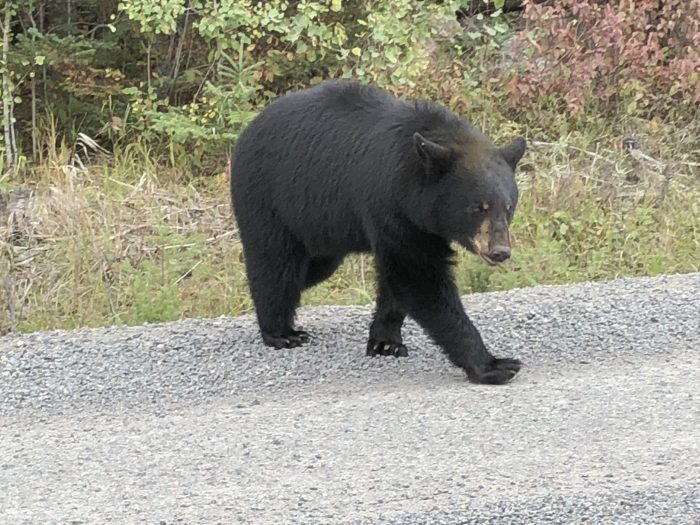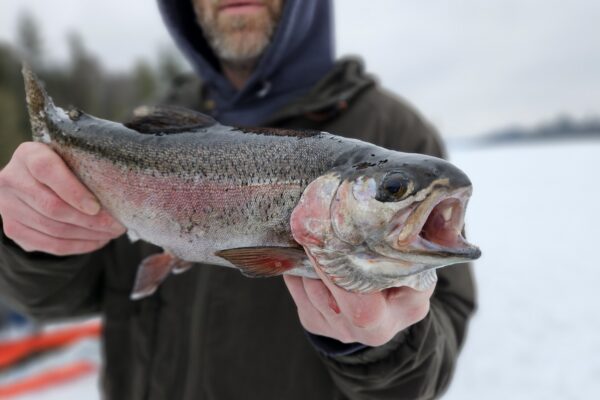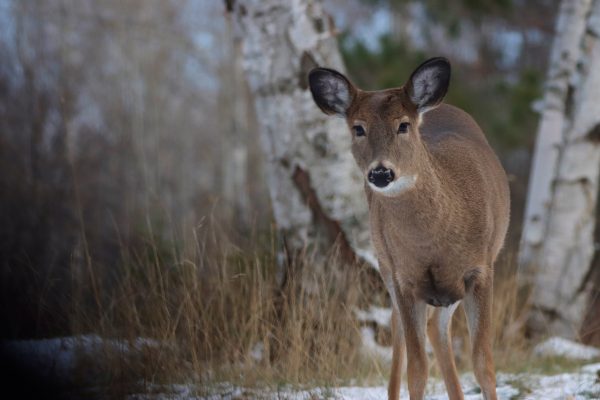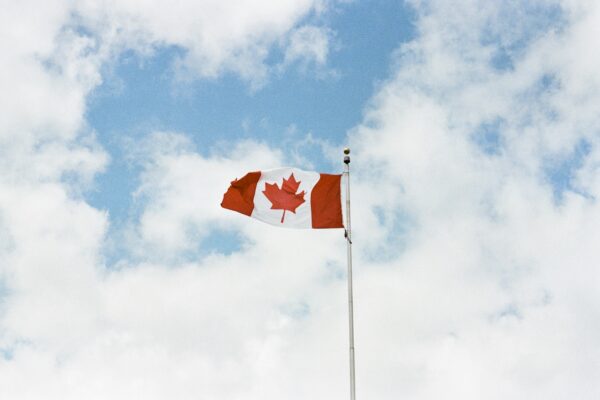Spring weather brings bears out of hibernation across the state
Along with longer days, snow melt, and milder temperatures, spring also brings the emergence of Minnesota’s black bears after a winter of hibernation.
Minnesota Department of Natural Resources (MN DNR) Bear Project Lead Andy Tri told WTIP that he has already begun getting reports of bear sightings across the state, from the Twin Cities metro into Iron Range. He said the earliest bears tend to become active again in March, though females with cubs may take a little longer to leave their dens. “Then everybody’s gone, ” Tri said, “by Tax Day.”
Tri said the 2024 summer berry season was one of the worst in recent decades, which drove an increase in human-bear interactions late last summer. He spoke to WTIP in August, explaining the uptick in conflicts. At that time the bears were entering hyperphagia, which drives them to consume as many calories as possible to build fat stores before winter. As a result, 2024 had the highest number of conflicts and interactions reported to the MN DNR since the 1990s.
Despite the poor berry season, Tri said most bears were in good condition by the time they entered their dens for the winter.
“The fall foods actually weren’t as bad as anticipated, and so they were able to make up those differences. And in addition, bears are super adaptable to whatever the food conditions are,” he said.
The past few years have varied widely when it comes to food availability and seasonal conditions, but Tri reported a stable bear population in the state, saying that the MN DNR has even noted some growth in population around the edges of the black bear range. The MN DNR monitors reproduction season-to-season, and this year, so far, is reflecting the stable trend.
“The kids are alright,” Tri said, referring to the 2025 bear cubs. He added that despite the difficult berry season in 2024, the female bears who went into their dens pregnant in the fall have nearly all successfully birthed cubs and were in good enough condition to rear them for the roughly six weeks the cubs spend denned with their mothers before spring emergence.
Now that bears are more active for the season, Tri said it is important for people living in bear country to be aware of what attractants may be around their home. He highlighted several key ways that people can avoid a bear conflict, including securing trash, removing bird feeders for the season, and cleaning their grills regularly. If people don’t have a secure place for storing garbage, animal food, or other attractants, Tri suggests using an electric fence to keep bears away.
While black bears tend not to be aggressive, Tri said that avoiding interactions is the best practice. He also encouraged dog owners to keep their pets leashed in areas with bears, since the presence of an unleashed dog can quickly escalate a conflict with a bear.
The MN DNR is part of a multi-state effort called Bearwise, which aims to educate people on how to coexist with bears. Tri referenced it as a resource for those looking for more information.
WTIP’s Kirsten Wisniewski spoke with Bear Project Leader Andy Tri. Audio of that interview is below.














